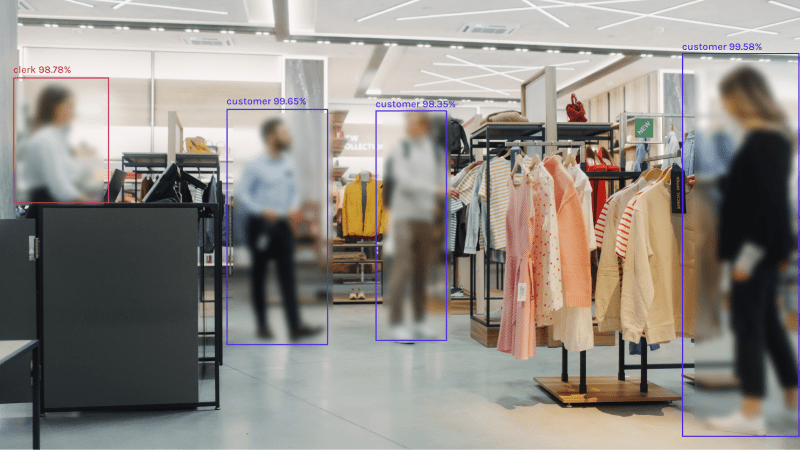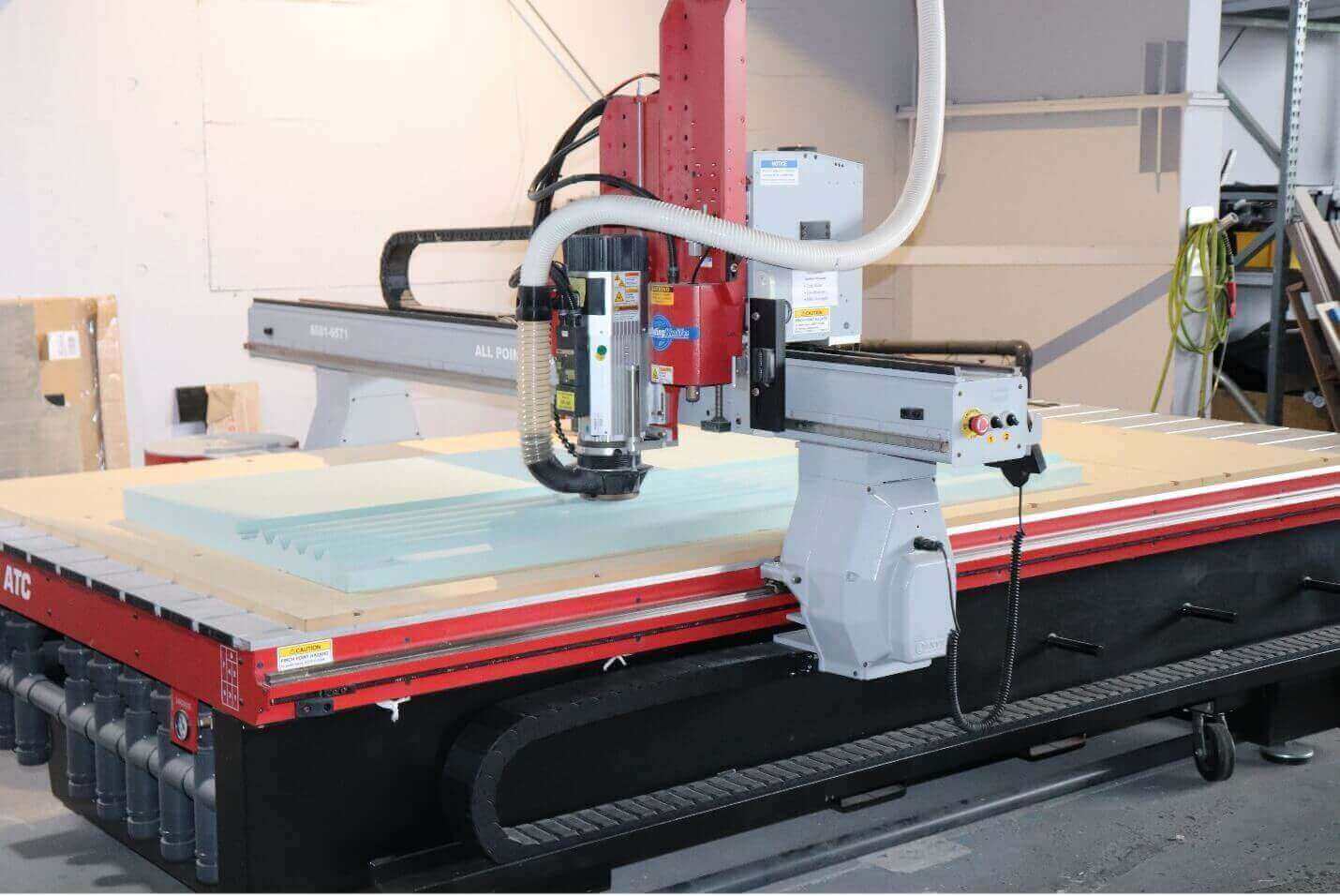How do You Leverage Cloud computing for Machine Learning Projects?

Machine learning (ML) is revolutionizing a wide range of industries, including manufacturing, retail, healthcare, and finance. The two technologies that are at the center of this revolution are edge computing and cloud computing.
While edge computing moves intelligence closer to the data source to facilitate real-time decision-making, cloud computing offers the massive processing and storage capacities required to train complicated machine learning models.
Determining the best way to utilize these complimentary technologies is essential to realizing the full potential of your machine learning initiatives.
The how’s and whys of using cloud computing for machine learning projects are thoroughly covered in this article.
Why Machine Learning is Best Applied to Cloud
The demands of machine learning projects are constantly increasing, and traditional on-premise infrastructure frequently finds it difficult to keep up. The amount of data being stored and processed is increasing exponentially. One effective way that cloud computing provides a solution is through:
- On-Demand Scaling
As your project’s needs change, cloud platforms’ elastic resources can be scaled up or down. No more over-provisioning hardware that is left unused or experiencing resource bottlenecks during crucial training stages. - Budget-friendly
With cloud computing solutions, you only have to pay for the resources you use. Because of the removal of the initial expenses linked to the acquisition and upkeep of on-premise technology, machine learning is now affordable for both small and startup enterprises. - Worldwide Reach
Your machine learning models can be trained and used at a location closer to your target customers or data sources, thanks to cloud providers’ global network of data centers. Performance is increased overall, and latency is decreased as a result. - Easy Collaboration
Cloud systems provide smooth cooperation among engineers, data scientists, and other stakeholders. This simplifies collaboration. Teams can work on projects simultaneously and shorten development cycles by having access to resources and shared workspaces. - Redundancy and High Availability
Cloud providers provide strong disaster recovery solutions that guarantee your machine learning projects are resilient to unanticipated catastrophes. This results in disaster recovery and high availability. Backups and data redundancy across geographically dispersed data centers help to minimize downtime and data loss issues.
The Combination of Machine Learning and Cloud Computing
Cloud computing offers the best infrastructure services available for building, optimizing, and deploying machine learning models at scale. Organizations that have access to large amounts of computing power can quickly iterate, tune hyperparameters, and speed up model training.
Cloud-based machine learning systems such as Google Cloud AI, Amazon SageMaker, and Microsoft Azure Machine Learning offer a variety of services and tools that are specifically tailored for data scientists and developers.
Furthermore, cloud-based machine learning solutions make it easier to integrate data storage, analytics, and visualization with other cloud services. Through the utilisation of cloud-native technology, enterprises may construct comprehensive machine learning workflows, encompassing data input and model implementation.
This comprehensive strategy improves teamwork, accelerates creativity, and streamlines procedures.
A Detailed Guide to Cloud-Powered Machine Learning Projects
Now that you are aware of the benefits of using cloud computing for machine learning, let’s examine a methodical strategy to help you get started:
1. Establish Project Objectives
Clearly outline your ML project’s objectives before delving into the technical details. Which issue are you attempting to resolve? Which type of forecasts are you hoping to make? It will be easier to choose the right cloud services and machine learning techniques if you have clear objectives from the beginning.
2. Preparing the Data
This is the procedure for cleaning, organizing, and reducing the amount of data to just that which is relevant to your project’s goal. This could entail fixing mistakes, fixing formatting flaws, and choosing aspects that have a direct impact on the result you want.
Consider adjusting the fuel to get the best results. For this prepared data, cloud storage services offer flexible and safe storage options that can grow with your project. To put it simply, a strong machine-learning model requires clean data.
3. Configuring the Environment
Google Cloud AI Platform and other major cloud providers provide a machine learning shortcut. These services function as pre-assembled garages with machine learning development-specific tools and pre-configured settings.
This frees you up to concentrate on developing and testing your models instead of wasting time assembling separate parts. You can save time and effort by using these environments, which are pre-loaded with libraries and machine learning-related technologies.
4. Instructions for Models
Your models run on high-performance racetracks provided by cloud platforms. They give access to robust computational resources capable of managing large datasets and intricate algorithms. This enables effective model training, particularly in the case of distributed training, which distributes the burden among several workstations.
These platforms serve as test sites as well. To attain optimal performance, you can experiment with various algorithms and adjust the hyperparameters of your model.
5. Implementation of the Model
Cloud systems enable you to take your trained model and deploy it ready-to-race on the track. They offer tools for containerizing your model, which means you can turn it into a portable package that you can use anywhere.
In this way, the model can be made available for real-time prediction by deploying it as a web service. To help your model assess data and produce outcomes in real-time, see it as exposing the racetrack to the public. Platforms for the cloud also let your applications integrate with them. This allows predictions and insights to be fed straight to the places where they are needed, enabling your model to work seamlessly with your current systems.
6. Tracking and Optimizing
The process of deploying anything doesn’t finish with monitoring and optimization. Monitor the real-world performance of your machine-learning model at all times. Cloud platforms provide dashboards and metrics for tracking model accuracy, identifying biases, and conducting A/B testing for further optimization.
ML’s Future: A Hybrid Perspective
Cloud and edge computing are likely to merge in the future of machine learning. The use of hybrid architectures, which combine the best features of both methods, will grow in popularity.
The learned model can be deployed for real-time inference at the edge, and data preprocessing, model training, and hyperparameter tuning can all be done in the cloud. This hybrid strategy maximizes resource usage as well as performance.
Wrapping Up
You can fully utilize machine learning for your projects by carefully utilizing cloud computing. For certain applications, cloud computing delivers unmatched scalability, elasticity, and access to state-of-the-art technology.
You can make well-informed decisions and establish a solid basis for your machine-learning attempts by being aware of the advantages and disadvantages of each approach.
The interaction between cloud and edge computing will influence the development of intelligent applications and data-driven decision-making in the future as artificial intelligence (AI) advances.





